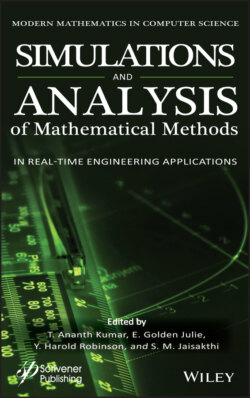Читать книгу Simulation and Analysis of Mathematical Methods in Real-Time Engineering Applications - Группа авторов - Страница 49
2.5 Deep Learning Mathematical Models for Edge Computing
ОглавлениеDeep Learning is a Machine Learning function of Artificial Intelligence that has been applied in many implementations. Deep learning finds its application in fields that require big data, natural language processing, object recognition and detection and computer vision [33]. Instead of considering explicit data to perform a task, DL uses data representations. The data is arranged in a hierarchy with abstract representations enabling learning of good features [34].
Deep Learning uses cloud computing for performing computational tasks and storage. Latency, Scalability and Privacy were the main challenging concerns of cloud computing, which forced us to choose edge computing over the cloud [33].
Edge computing has solutions for the above challenges of latency, scalability and privacy [33]. Edge computing provides the resource computational tasks at the edge of the devices. The proximity of edge sources to edge end devices is small, which further reduces the edge’s latency. Edge computing works with a hierarchical plan for end devices, edge computes nodes, cloud data centers by providing computing resources at the edge and are scalable to the users. Due to this property, scalability is never an issue. To eliminate any attacks while transferring data, the edge operates very near to the source (trusted edge server), which refrains the data privacy and security attacks [33].
